Elle Luna is an artist and designer who lives and works in San Francisco. She worked with teams to design and build Mailbox, redesign Uber’s iPhone app, and scale the storytelling platform Medium. Before startups, Elle spent five years at IDEO where she worked across a variety of industries to develop multichannel, holistic experiences with massive impact. When she’s not painting, you can find her traveling to Bali for her new textile venture, Bulan Project, and inspiring people to follow their passion. Luna is social proof that finding your calling is a worthy pursuit, and this is how she did it.
This is a story about two roads — Should and Must. It’s a pep talk for anyone who’s chosen Should far too long — months, years, maybe a lifetime, and feels like it’s about time they give Must a shot.
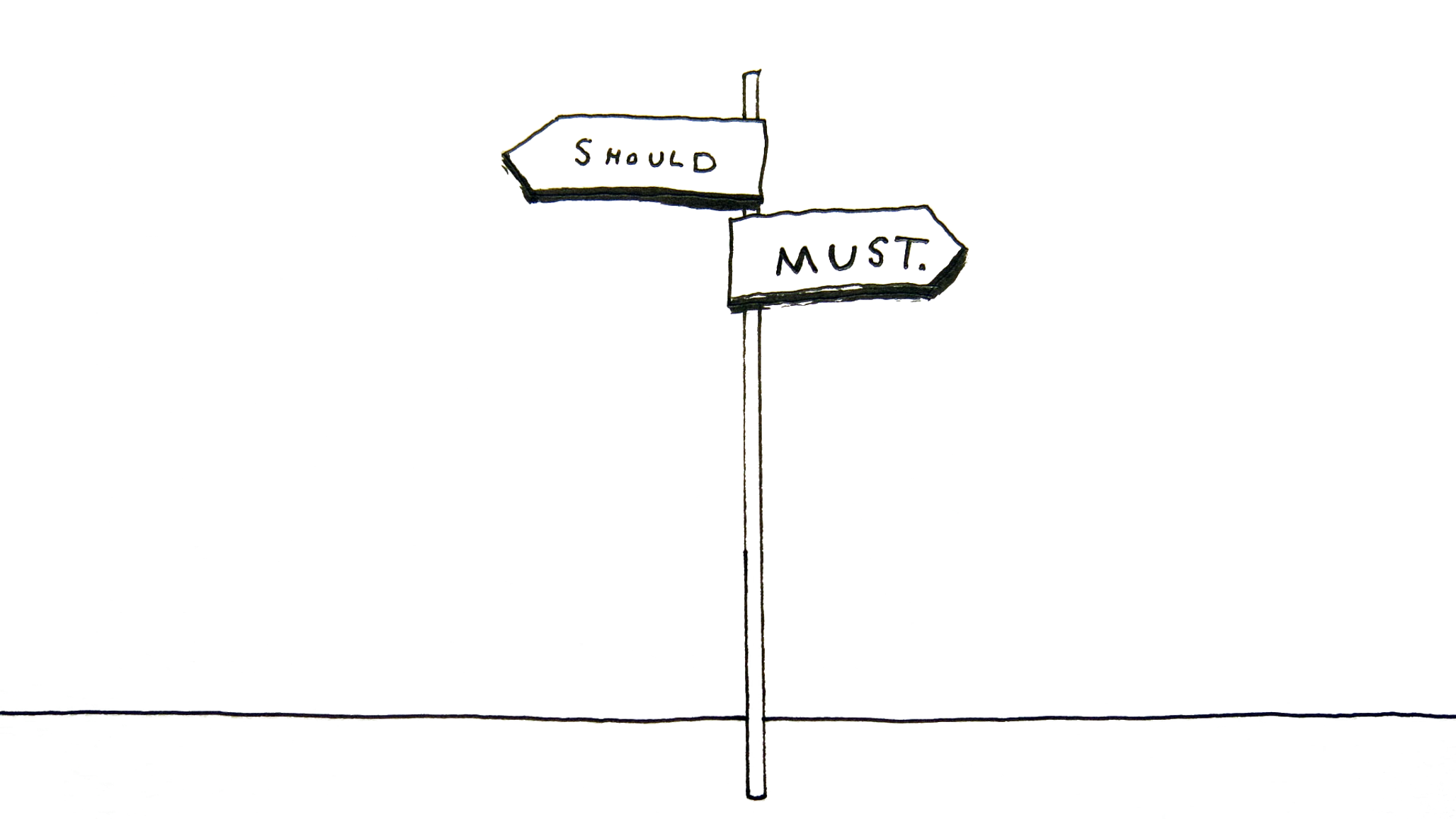
There are two paths in life: Should and Must. We arrive at this crossroads over and over again. And each time, we get to choose.
Should is how others want us to show up in the world — how we’re supposed to think, what we ought to say, what we should or shouldn’t do. When we choose Should the journey is smooth, the risk is small.
Must is different.
Must is who we are, what we believe, and what we do when we are alone with our truest, most authentic self. It’s our instincts, our cravings and longings, the things and places and ideas we burn for, the intuition that swells up from somewhere deep inside of us. Must is what happens when we stop conforming to other people’s ideals and start connecting to our own. Because when we choose Must, we are no longer looking for inspiration out there. Instead, we are listening to our calling from within, from some luminous, mysterious place.
Must is why Van Gogh painted his entire life without ever receiving public recognition. Must is why Mozart performed Don Giovani and Coltrane played his new sound, even as the critics called it ugly. Must is why that lawyer in his thirties spent three years writing his first novel only to be rejected by three dozen publishers. He honored his calling, eventually received a “yes,” and that is why John Grisham is a household name today. Must isn’t exclusively for writers and painters and composers, though. Must is why, in the early days, Airbnb sold boxes of cereal to make ends meet because no one would give them money and every conceivable metric said they should quit.
While working at Mailbox, I came across Stefan Sagmeister’s TED talk about jobs, careers, and callings.
He spoke about their differences, and I began to wonder which one I had. At the same time, I was also reading a biography about Picasso.
In it, Arianna Huffington describes the joy she felt learning about how Picasso chose to live his life:
The more I discovered about his life and the more I delved into his art, the more the two converged. "It’s not what an artist does that counts, but what he is," Picasso said. But his art was so thoroughly autobiographical that what he did was what he was.
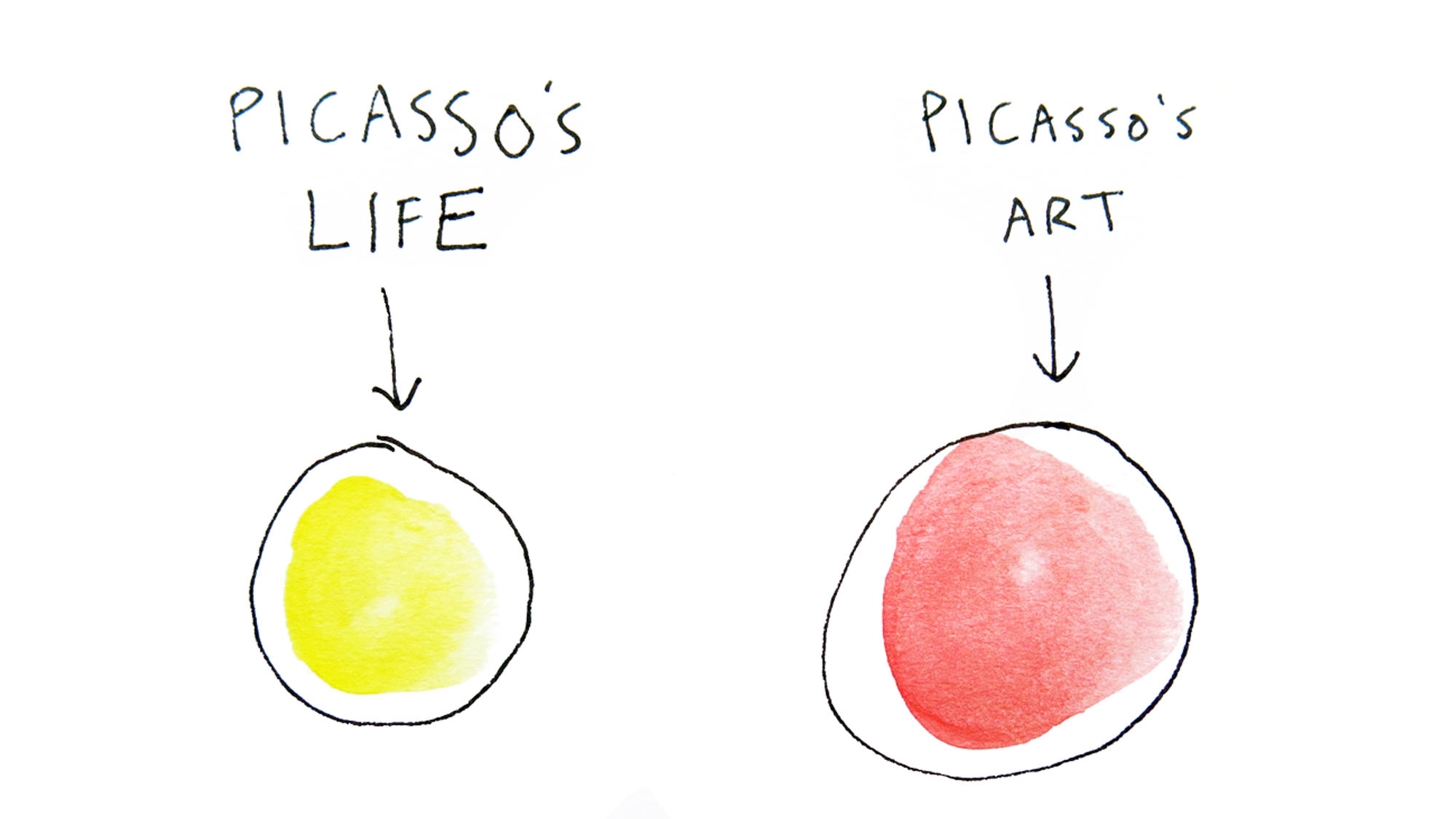
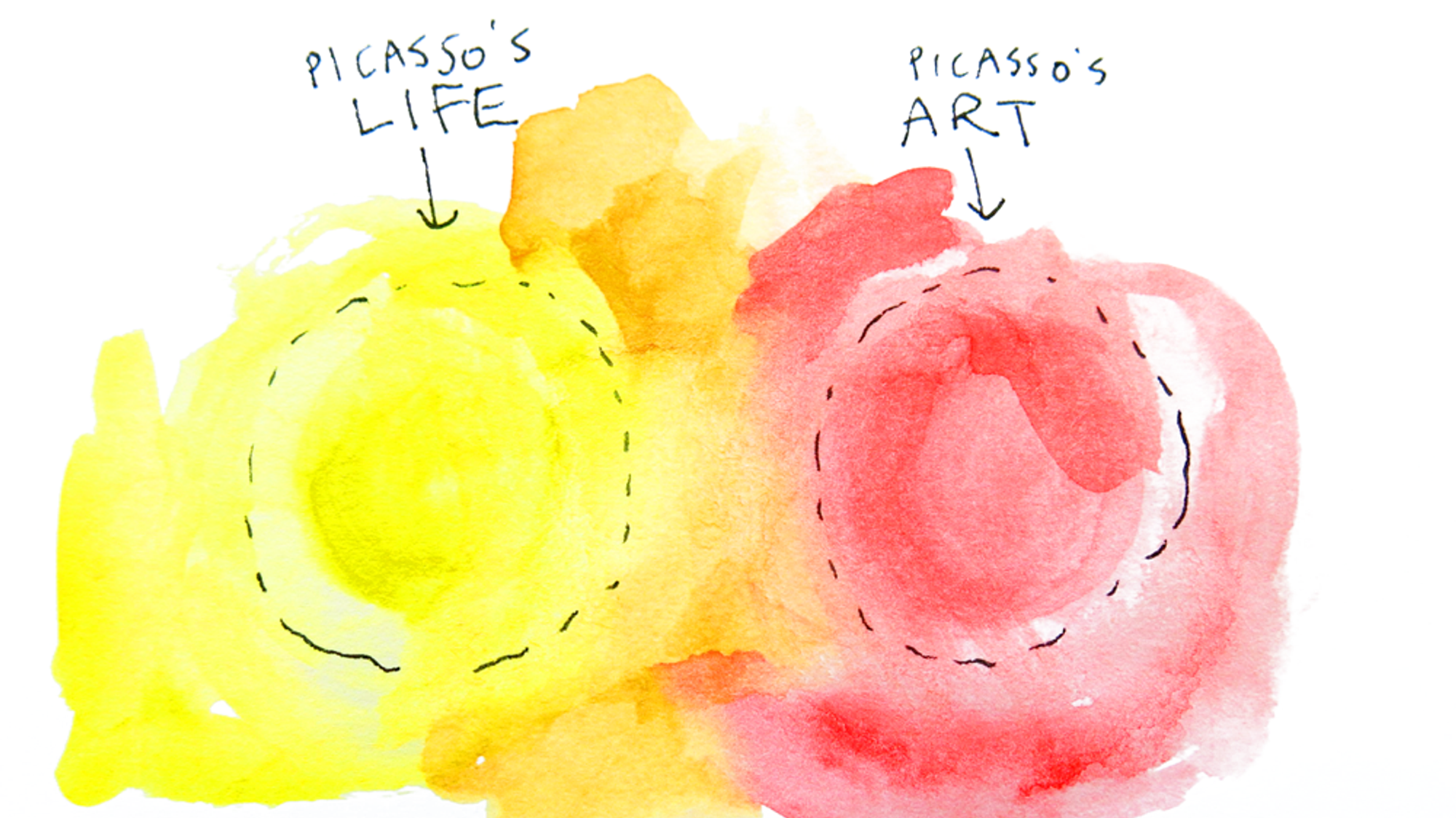
Picasso’s life blended seamlessly with his work. It was all one huge swirling mix of bullfights and beaches and booze. And we could tell. Because to look at one of Picasso’s canvases is quite literally to look into his soul. And this is exactly what happens when our life, our essence, is one and the same with our work. It’s when job descriptions and titles no longer make sense because we don’t go to work— we are the work.
And this lead me to a big hypothesis. What if…
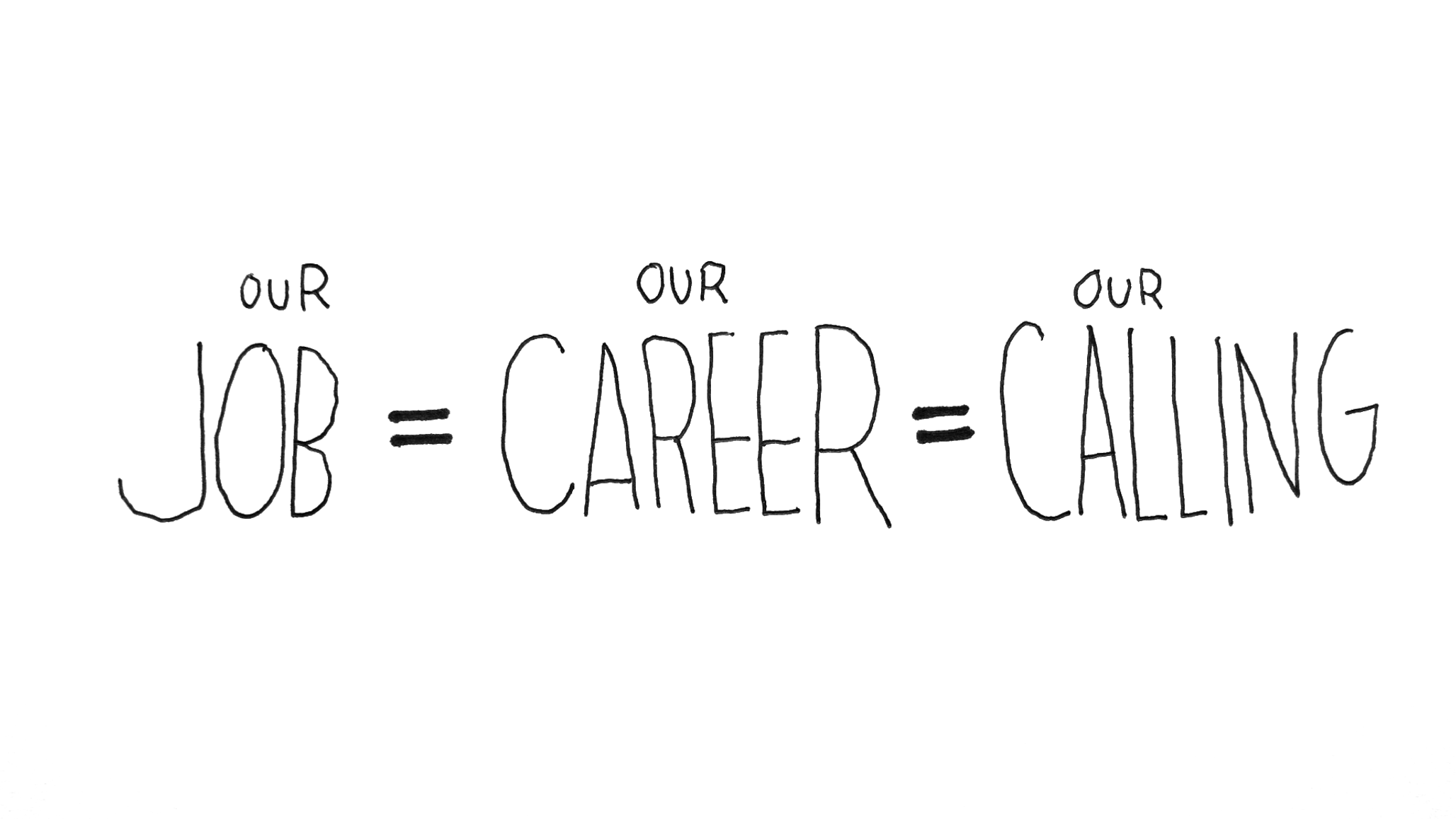
What if who we are and what we do become one and the same? What if our work is so thoroughly autobiographical that we can’t parse the product from the person? What if our jobs are our careers and our callings?
And this was about the time that my head exploded.
Choosing Must sounds fantastic, right? To step into the fullness of our gifts and offer them up to the world in the form of our work. But if Must is so great, why don’t we choose it every day?
Well, it turns out that choosing Must is scary, hard, and a lot like jumping off a terrifyingly high cliff where you can’t see anything down below.
It was one year ago that I jumped off the first of many cliffs, leaving a dream job at Mailbox to make art.
——
Section 01: Choosing Must creates the kind of work that puts ripples through the universe.
But it starts as a whisper, a call from somewhere far away.
The path to my Must started with a recurring dream about a white room.
Concrete floors, white walls, and a mattress on the floor. That was it. And I would visit this room practically every night. One day, a friend asked the question that would forever change the course of my life: “Have you ever thought about finding your dream in real life?” I hadn’t, but later, I began to wonder…
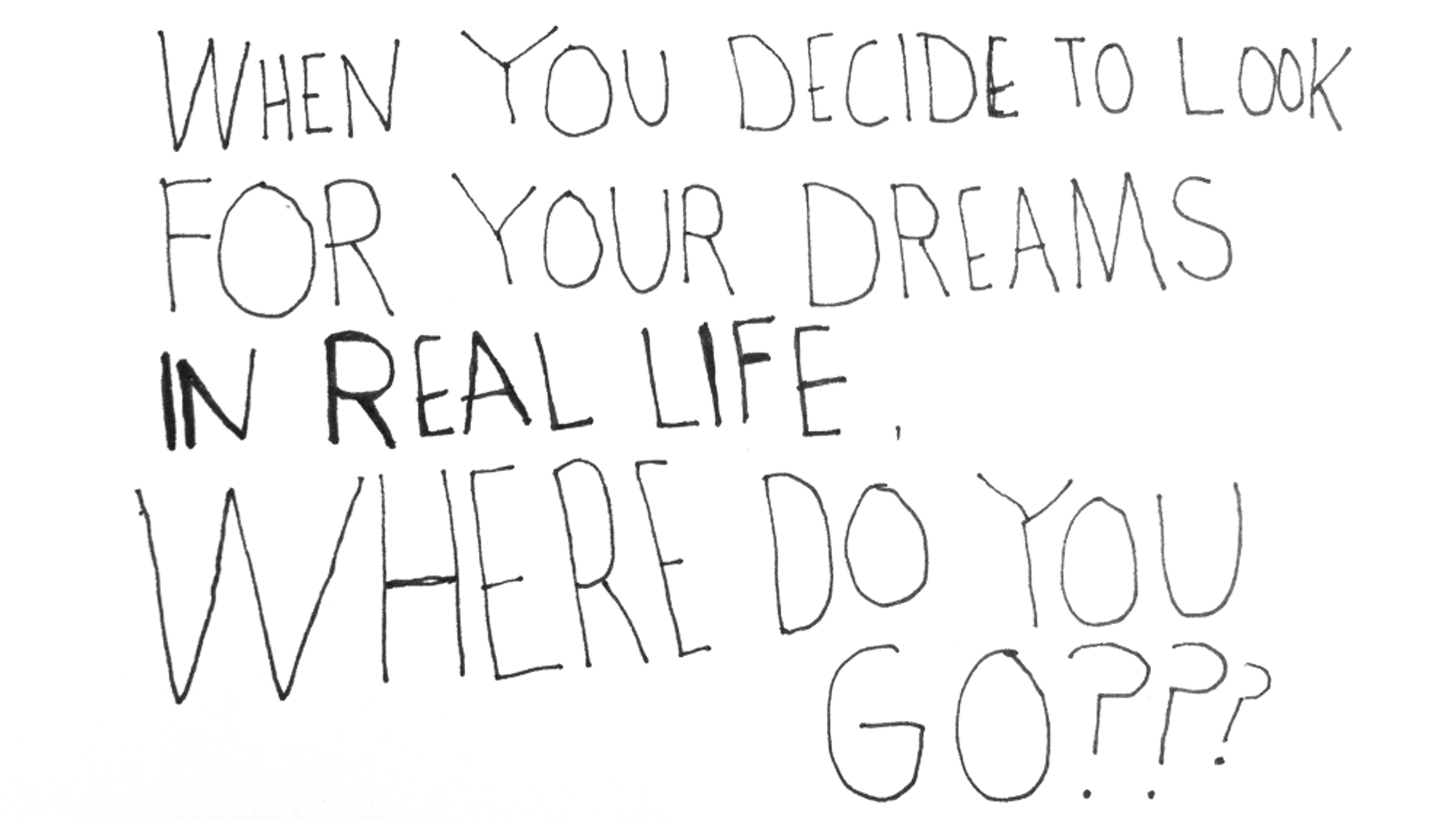
Craigslist, I thought.
As I scanned the tiny photos of apartments for rent, I felt ridiculous. But then, I saw it. The white room. There it was, literally right there on the computer screen — my dream — in a tiny image just 72 x 72 pixels big.
And, just like that, my journey began.
Growing up in Texas, I had a vague idea of what it meant to be “called” — in the grand sense of the word — although I had never experienced it for myself. Moses was a favorite story of mine, because Moses was the last person on earth we would choose to lead thousands of people to the promised land. He was quiet; he had a stutter; and yet, Moses was called.
“Follow your bliss and doors will open where there were no doors before,” modern philosopher Joseph Campbell wrote. But recently, someone asked me a question, “But what if I don’t hear the call?” he asked. “What if I want to hear it but I can’t? What do I do then?”
Two ideas came to mind.
Write Your Future Press Release
At Mailbox, we adopted a well-known practice from Amazon to write our future press release. That’s right, we wrote a real press release about a nonexistent product — the one that we wanted to exist in the world. We envisioned the headlines. We dreamed of what would happen if all of our wildest dreams came true. We even taped it inside of a magazine and put it on the coffee table. Most of us do this kind of big scary dreaming with our products, or our companies, but very few of us it with our lives.
The second idea...
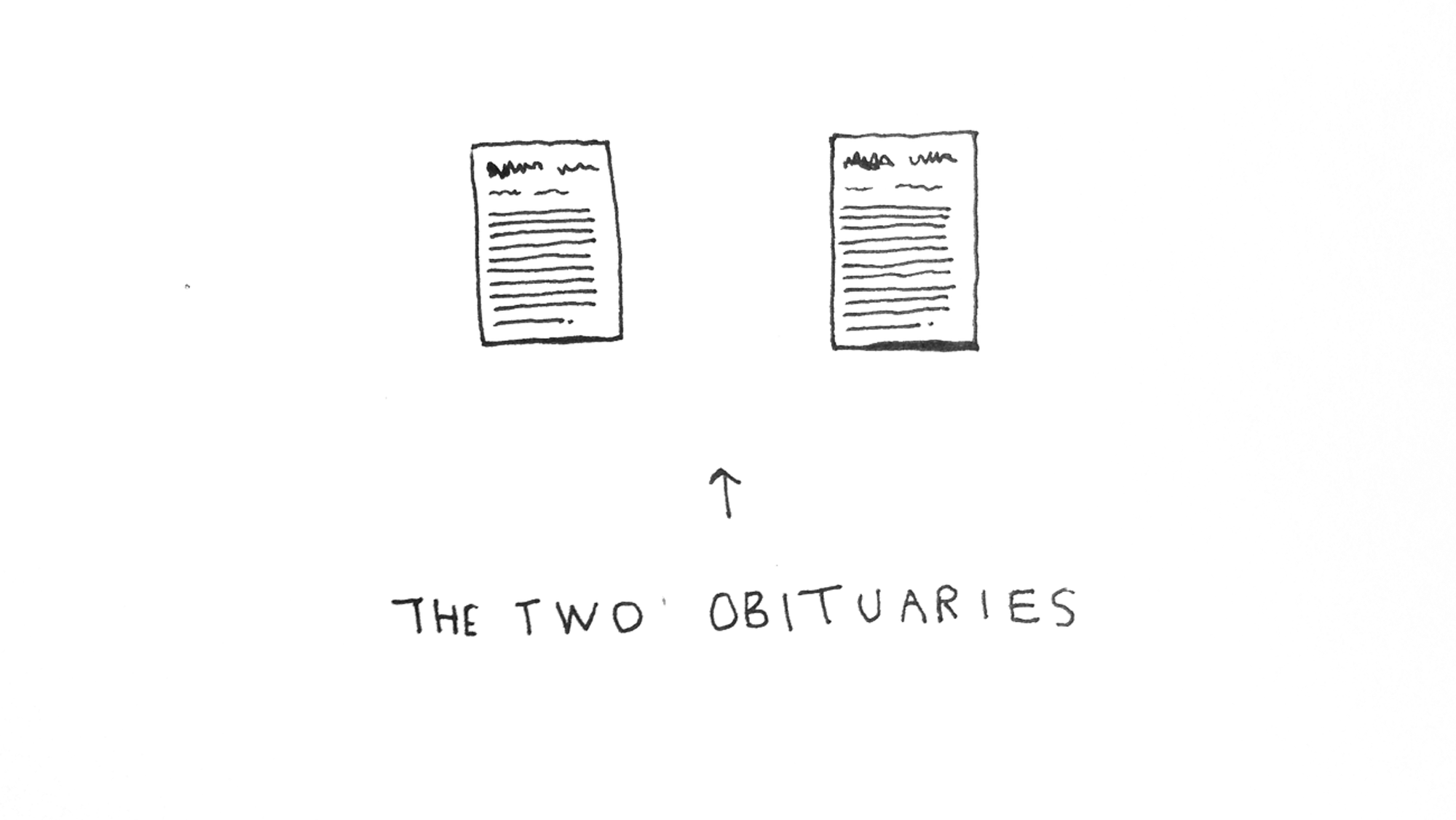
Roz Savage, a management consultant in London living “the big life” was 33 when she sat down and wrote two versions of her obituary:
The first was the life that I wanted to have. I thought of the obituaries that I enjoyed reading, the people that I admired… the people [who] really knew how to live. The second version was the obituary that I was heading for — a conventional, ordinary, pleasant life. The difference between the two was startling. Clearly something was going to have to change… I felt I was getting a few things figured out. But I was like a carpenter with a brand new set of tools and no wood to work on. I needed a project. And so I decided to row the Atlantic.
Back at Mailbox, it was 8 a.m. on Thursday, February 7, 2013 when we popped the first bottle of champagne. There were 13 of us, and we were all wide-eyed, staring at our monitors, watching as nine months of work on the iPhone app was released into the world. As I looked around at the incredible people in that room, and watched the live ticker grow and grow, I knew that this moment was one of the highlights of my life. But, in the very back of my mind, I couldn’t help but wonder what any of it had to do with my dream of a white room.
——
Section 02: Choosing Must often requires a leap of faith.
If you’ve ever peered out over the edge of a cliff, you’ve felt the fear.
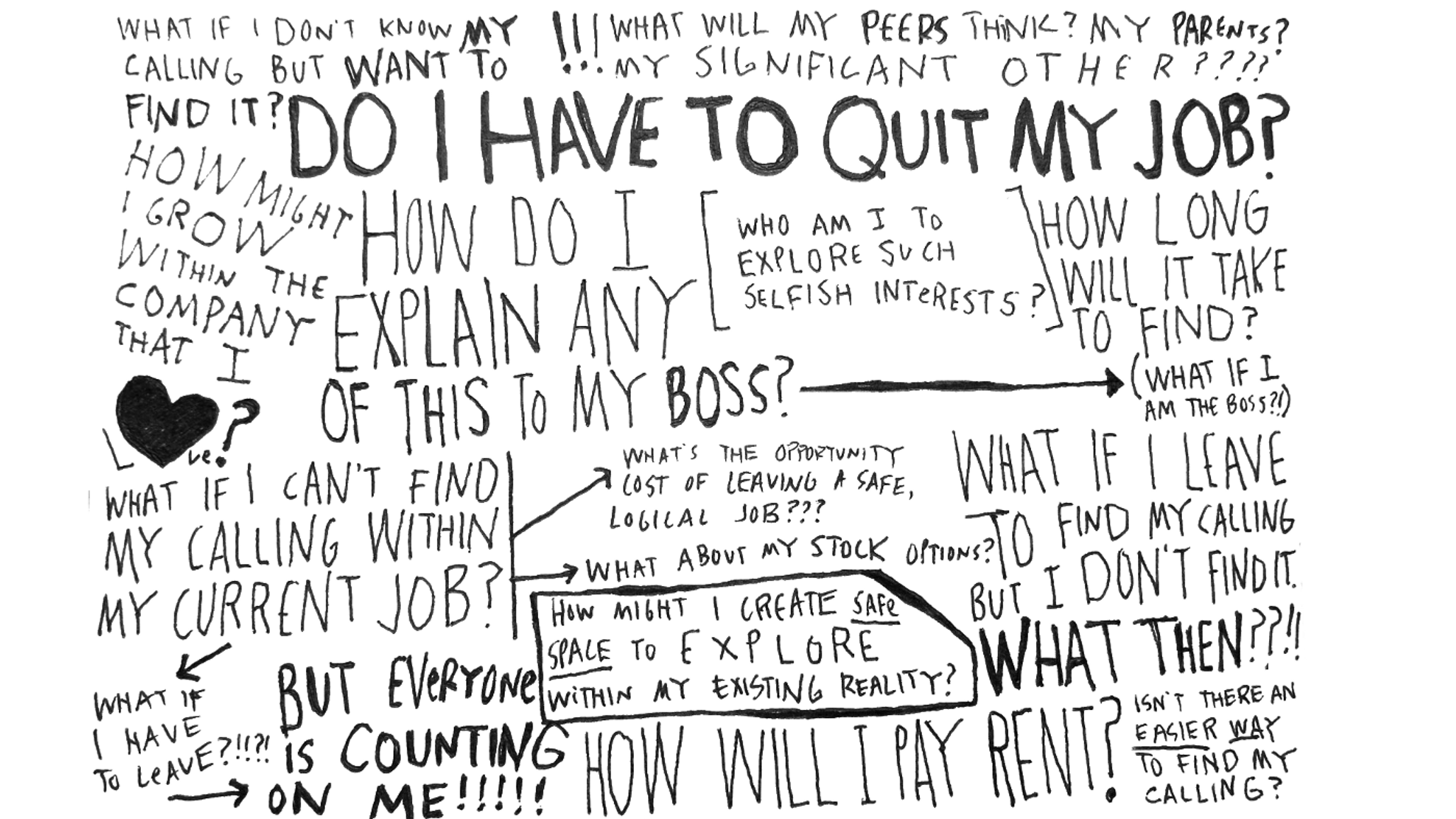
Choosing Must raises questions that are scary, big, and often, without an easy answer in sight. Here are three of the biggest fears I’ve heard, and what to do about them.
Money
Money can be a bridge to the freedom of exploring Musts. And it often doesn’t require much. But it does require determination. Money can be used to buy you a day, a week, month of time to work on a Must, which may amount to nothing. Or it can be used to buy a sweater, a suit, a car— the value of which is obvious and low risk.
Of course, the best way to make money is to figure out what you love and then give yourself to it. Because the people who consistently choose Must over Should find a way to make it work, and, once they take the leap, they find it’s easier to make money doing what they love than they ever imagined.
Time
Finding our calling doesn’t mean we need to quit our jobs. And it also doesn’t mean we need to book a one-way ticket to a faraway magical land where there’s no cell service. As someone who did both of those things, I know first hand that it’s easy to pack a small bag, wave goodbye, and push the eject button for a while. But the return, the re-entry phase, can be absolutely brutal.
The harder road, trickier, and more sustainable, is to make shifts every day within our existing reality. To integrate, not obliterate. For Sheryl Sandberg, Lean In was a tiny yet growing piece of her heart for years until it exploded into the world — all the while she was still running one of the world’s biggest companies and raising two children. Weaving our Must into our existing reality is about co-designing small opportunities with our teams. It’s about setting aside quiet time to be alone with our thoughts, and then actually following through. It’s about doing one small thing, anything, to honor our personal truth — today.
But while money and schedules are the reasons cited most often for not making the leap, I believe the real reason is something deeper and far scarier.
Abandonment
While Must comes from somewhere deep inside of us, a beautiful truth that calls to us from within, Should comes from somewhere external, a place that’s equally important and powerful. Should comes from the place we call home, the people we love, the world we’ve created — the people, places, and things that define us.
It is here, standing at the cliff’s edge, peering down below, hearing the siren’s call, that we feel the terrifying prospect of abandonment, failure, and humiliation. And this is the exact moment when people decide against taking the leap — to avoid that great unknown, that transformative place where nothing is written, nothing is guaranteed, and everything is possible.
The ‘What are you so afraid of?’ Exercise
Grab a piece of paper and write the numbers one through ten on the left side of the page. At the top, title it: “What am I so afraid of?” This is your Worst Case Scenario list. This is your list of things that make you think “They’re all going to laugh at me.” These are your largest fears, and you’ve got ten minutes to write them down.
Go.
Line by line, walk yourself through each one. Would they really laugh at you? They would? How do you feel about that? Line by line, have a conversation about all of your fears. Would you really be homeless? Would you really be alone? Do you really need that much money? This is a list of your tradeoffs. And they are the biggest things standing in your way.
The two most important days in your life are the day you are born and the day you find out why.
Said Mark Twain.
——
Section 03: Choosing Must is a daily practice, a recurring choice.
Just because we chose Should yesterday doesn’t mean we’ll choose Must today. And just because we chose Must today doesn’t mean we won’t slip back into Should tomorrow.
Dusk was falling as I arrived at the white room from my dreams. It was stark, absolute, white, and a symbol of something new, of beginnings. As I looked around, I thought, “What on earth have I done? Why am I here?” And as clear as day, I heard a voice say, “It’s time to paint.”
As time passed, I found myself choosing Must more often than Should. And over time, continuing to choose Must opened doors into worlds I never could have imagined. Here are three qualities I’ve integrated into my daily practice that have helped me achieve a sustainable Must.
Solitude
The best thinking has been done in solitude. The worst has been done in turmoil.
Said Thomas Edison.
Often times, reconnecting with the road to Must is not about doing a lot of running around.
This solo inward journey has been called many things throughout time — the myths call it the labyrinth, the abyss, the forest, and the night journey. Culturally, it’s called the “walkabout,” the vision quest, and the pilgrimage. In tech, it’s recently been called “the Struggle” by Ben Horowitz.
Searching for solitude is how I eventually found myself in an Airbnb in Bali alone for six weeks, in the middle of the rice patties, with no phone, no email, and no walls on three sides of the house.
I called my new home “the house without walls.” It was wrapped in palm trees, smelled of jasmine, and over the coming weeks, the geckos and frogs and people would come and go as they pleased, because there were no rules and no walls to stop them. I had long dreamed of being in a place where the inside and the outside were one and the same. For six weeks, in “the house without walls,” I slowed down, silenced the voices, and relaxed into a quiet place deep within myself. I dreamed under the palm trees, the night sky, and various phases of the moon.
Focus
The monotony and solitude of a quiet life stimulates the creative mind.
Said Albert Einstein.
It was in “the house without walls” that I fell in love with the moon. And, one day, a Balinese friend of mine decided to turn two of my paintings into textiles — for the fun of it. Fast-forward a few months: I was back in San Francisco trying to figure out what to do with these exquisite textiles.The batik process of hand-painting each cloth was so beautiful, and so close to my own painting practice, that I wanted to find a way to combine these techniques on a larger scale. So I decided to go to New York, hunker down in an Airbnb, and figure it out in two weeks.
A friend of mine once compared focus to the beam of a mag light — if you keep the light unfocused, light shines everywhere. It’s bright, but it’s blinding. If you focus the light and tighten it, the light becomes a laser beam. Focused and strong.
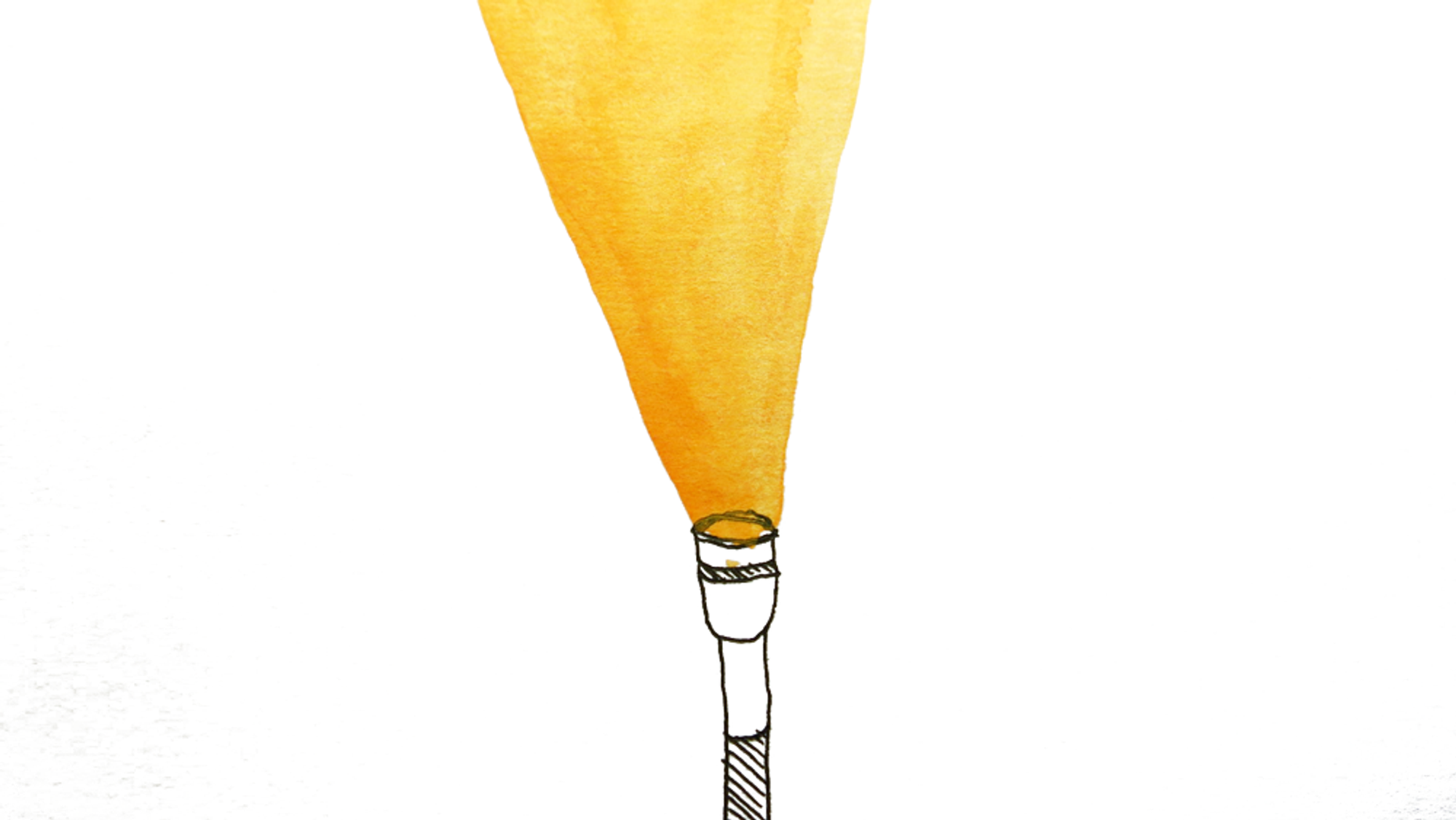
Bring Others In
As a former IDEO-er who believes in the power of human-centered design, I began to wonder, even worry, how this inward journey connected with the outside world. And this is what I found:
- Choose your Must, then begin following all cravings, longings, and desires associated with it (this might feel weird at first).
- Make a tremendous amount of work, but don’t critique it — be present, not perfect.
- If stuck, revise. If still stuck, destroy. If still stuck, call it a day and take a long hot shower.
- Take note when connections begin to happen between seemingly disparate activities.
- As new ideas begin to form, capture them. As opportunities begin to rise up out of the mess, set them aside. Then prototype them. Pitch them to everyone you know. And mock them up for real.
- Take some time alone, every day, to meditate on your work.
During my two weeks in New York, I emailed a dozen of the most talented, brilliant women I knew, inviting them to collectively review my work and give me feedback at the end of my sprint. Of course I needed to bring others in, I suddenly realized, but not until after I knew generally what I was working on and why.
The women gave invaluable feedback, leading to significant insights. And this is why, the very next week, I found myself Bali-bound again. Except this time, with 200 yards of raw fabric. Working with master batik artists, we hand-painted 100 limited edition pieces of art, inspired by the phases of the moon. We launched the textiles as the inaugural collection of Bulan Project, and sold out in two weeks.
——
Section 04: Those who choose must.
When who we are and what we do are one and the same, we are walking the road of Must. When we make something because we Must, not just because we can, it is the difference between disposable products that last a few years and life-affirming movements that sustain generations. When we choose Must, what we create is ourselves. It is a body of work.
Choosing Must is Industrial designer David Pierce’s tattoo of a ruler running the length of his arm because his craft and his physical body are one and the same.
Choosing Must is Charles and Ray Eames who designed their entire life together and made their entire lives about design.
Choosing Must is Steve Jobs referring to Jony Ive not as a colleague, nor as a creative partner, but as a “Spiritual Partner.”
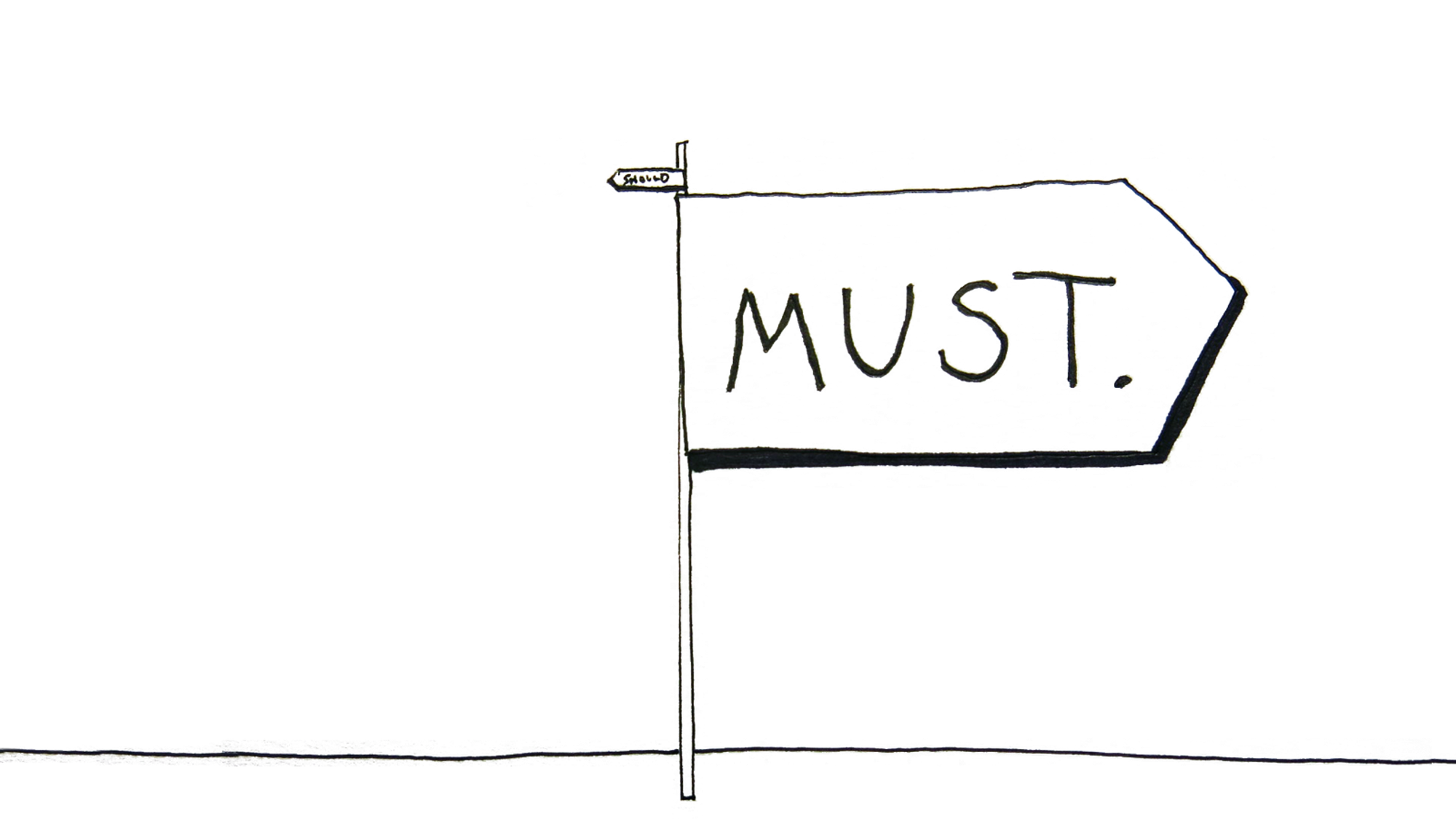
If you believe that you have something special inside of you, and you feel it’s about time you gave it a shot, honor that calling in some small way — today.
If you feel a knot in your stomach because you can see the enormous distance between your dreams and your daily reality, do one thing to tighten your grip on what you want — today.
If you’ve been peering out over the edge of the cliff but can’t quite make the leap, dig a little deeper and find out what’s stopping you — today.
Because there is a recurring choice in life, and it occurs at the intersection of two roads. We arrive at this place again and again. And today, you get to choose.
Photo by Michael George. Illustrations by Elle Luna.
